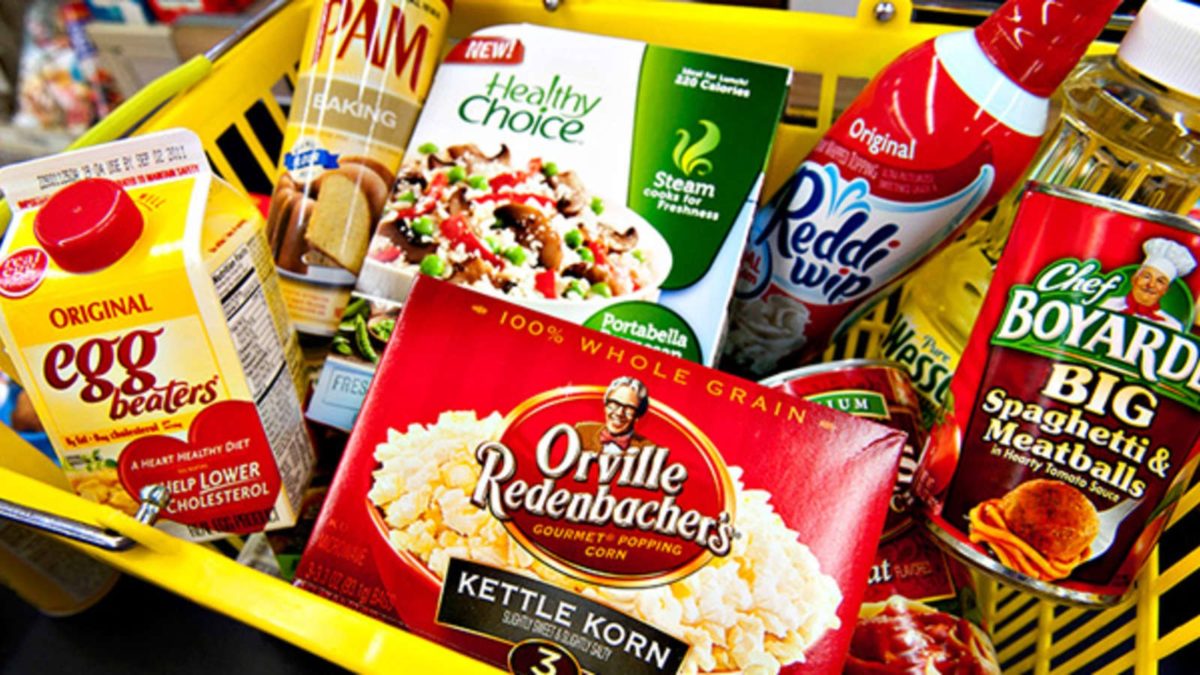Conagra Shares Fall as Company Misses on Earnings Expectations
Despite raising its sales guidance, shares of Conagra Brands Inc. were on a downward spiral after Wall Street focused more on the company missing on its earnings for the second quarter.
The stock slipped 1.4% ahead of trading on Thursday and ended the day down 1.82%.
The food company reported fiscal second-quarter earnings below Street expectations. Net income totaled $275.5 million, or 57 cents per share, down from $378.9 million, or 77 cents per share, last year.
Adjusted EPS of 64 cents was behind the FactSet consensus of 68 cents. Sales of $3.059 billion were up from $2.995 billion howeveer came in ahead of the FactSet consensus of $3.015 billion. Factors impacting sales include the divestitures.
The company is also prepared for inflationary pressures to stick around well after the Covid omicron wave subsides according to CEO Sean Connolly, who spoke to CNBC’s Jim Cramer.
“It’s not quite that simple. I don’t think if omicron goes away it immediately solves inflation,” Connolly said.
“I think you’ve got to have a battleplan for both,” he added.
Connolly said the company is leaning on the strength of its brands to pass along rising costs to consumers without denting sales volumes. He said that should pay off for Conagra down the road.
“If you’ve got your pricing in place, demand remains strong, when the inflation subsidies you can see rapid margin recovery in a meaningful way,” he said.
During the earnings call, Connolly remarked, “First, as you all know, the external environment has continued to be highly dynamic. But our team remained extremely agile in the quarter and executed the Conagra Way playbook. We navigated the ongoing complexity and delivered strong net sales growth anchored in elevated consumer demand that continued to exceed our ability to supply, inflation-driven pricing actions and lower-than-expected elasticities. While our net sales exceeded our expectations, margin pressure in the second quarter was also higher than expected driven by three key factors.”
He also added, “While we anticipated elevated inflation during the second quarter, it was higher than our forecast. Second, we experienced some additional transitory supply chain costs related to the current environment. And third, in the face of elevated consumer demand that continue to outpace our ability to supply, we elected to make investments to service orders and maximize product availability for our consumers. We expect margins to improve in the second half of the fiscal year as a result of the levers we pulled and continue to pull to manage the impact of inflation.”
Disclaimer: We have no position in any of the companies mentioned and have not been compensated for this article.


